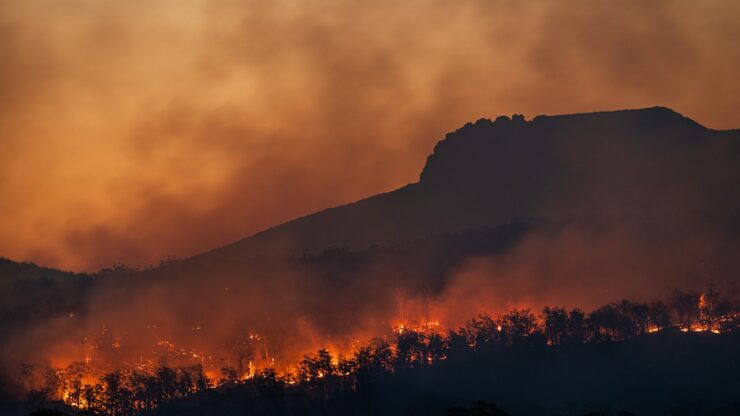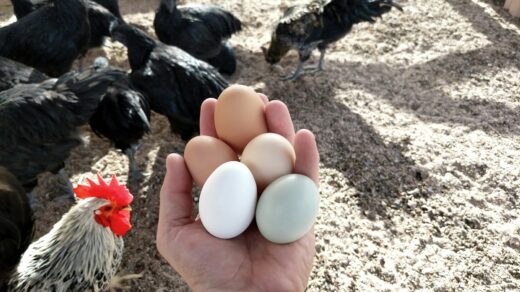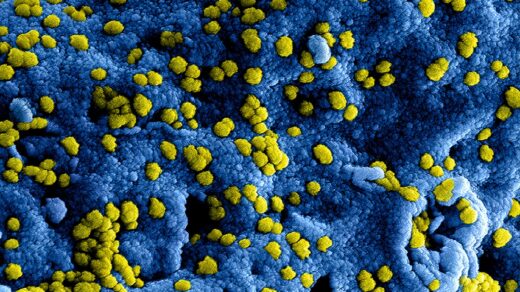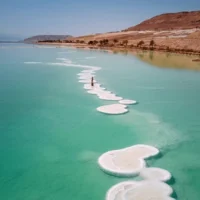While technology, renewable energy, and conservation are often where one finds the solution to climate change, a lesser known area is the role animals have in regulating an ecosystem or mitigating the impacts of climate. Some species are helping absorb carbon, restore habitats, and balance ecosystems to help slow global warming. From the rainforests to the oceans, these animals provide crucial services that may just provide the answers to solving the climate crisis.
African Forest Elephants: The Gardeners of the Congolian Rainforest
African forest elephants are the smallest of three elephant species and are often called “Gardeners of the Congo.” They continually beget the Congolian rainforest by flattening up fast-growing plants such as shrubs and vines in search of fruit, seeds, and leaves. This results in the growth of more long-lived, larger trees, which sequester more carbon. For each of these elephants, over 9,000 tons of carbon is sequestered during the lifetime of an individual elephant and thus contributes to the amount of carbon stored in the rainforest. These elephants, as economist Ralph Chami estimated, are willing to pay about $150 billion for carbon capture services.
Elephants indeed are a form of seed dispersers that move seeds from one area to another over long distances, hence promoting biodiversity and increasing the carbon sequestration capacity of the forest.

Sea Otters: Kelp Forest Guardians
Sea otters are important in maintaining kelp forests; some of the latter happen to be the most efficient absorbers of carbon dioxide. Kelp forests absorb atmospheric CO2 at an amazingly rapid rate, employing the gas to create leafy structures below the ocean’s surface. However, kelp forests are under intense pressure by sea urchins that eat kelp in the event they were not controlled. Sea otters as keystone predators regulate sea urchin populations in the kelp forests, enabling these kelp forests to thrive. Studies revealed that kelp forests inhabited by otters can sequester up to 12-fold more carbon dioxide than those without otters. This has an estimate of around $200-400 million dollar value for carbon captured annually.
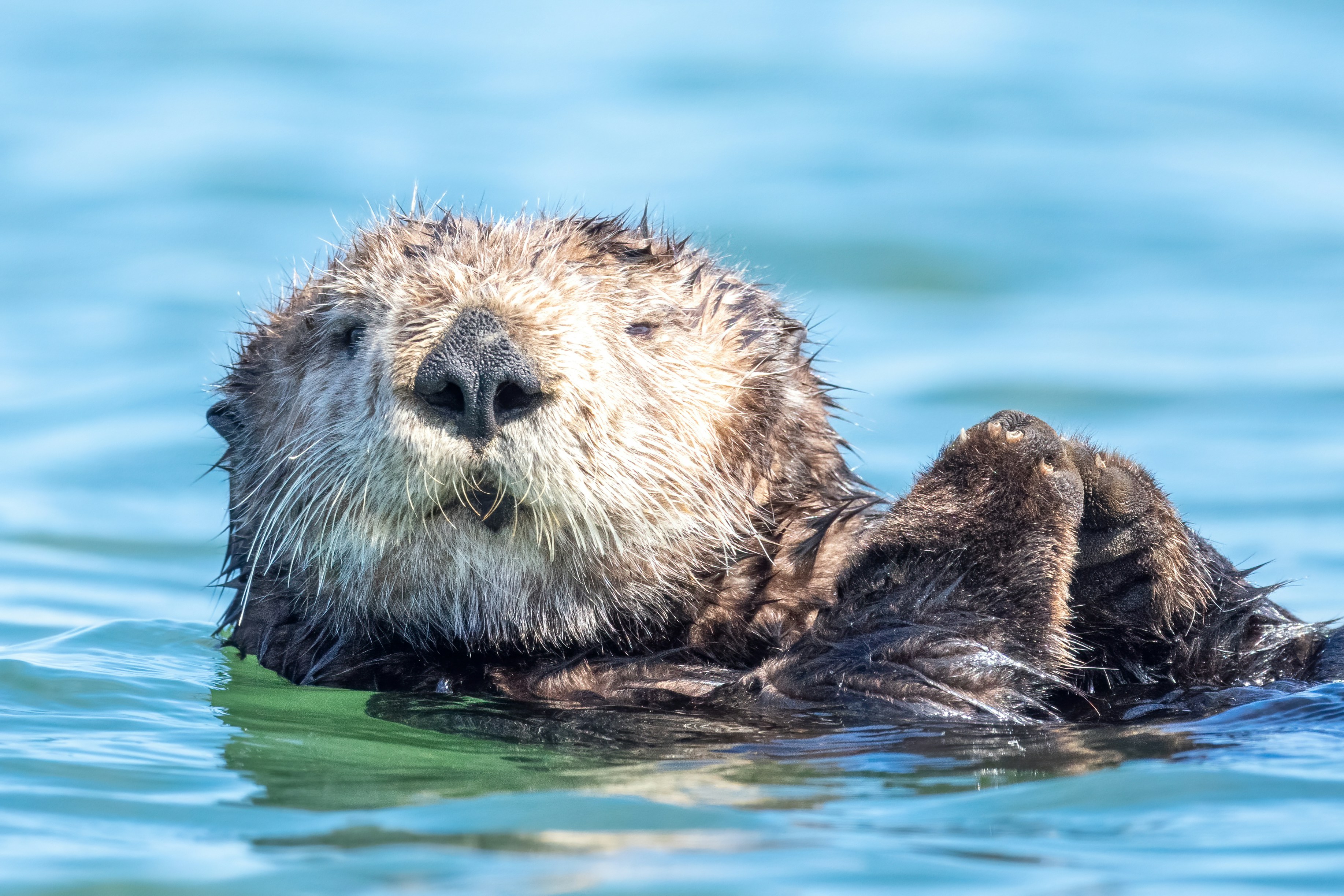
Tapirs: the forest regenerators of Tropical Forest
Tapirs are similar to pigs, but they have shorter trunks. These are important in regeneration of degraded forests in Tropical Forests. The animals feed on various fruits and distribute the seeds through excrement, especially in a location where forests have been cut down. The amount of seeds spread is more in areas that are degraded compared to healthy forests since tapirs disperse three times more seeds in degraded areas than in healthy forests, thus making them instrumental for the replenishment of forests. Increased carbon absorption increases gases absorbed by these plants growing from these seeds thus helping to slow Earth’s warming. A single study uncovered no fewer than 24 species of seeds in the droppings of a tapir-a humongous amount of them that will grow up to be carbon-absorbing giants.

Whales: Giants of Carbon Storage
These animals are perhaps the largest species on land and some of the biggest carbon storer. A single whale consumes almost 33 tons of carbon during its lifetime. Once these whales die, their bodies sink to the bottom of the ocean, taking that carbon down with them, locking it away for centuries. Their excrements have fertilized phytoplankton, which absorbs 10 gigatons of carbon from the atmosphere yearly.
Reintroducing population levels of whales from the past could sequester an additional 1.7 billion tons of carbon annually. This is one very strong reason for conserving and protecting whale populations, both for biodiversity and climate action.
Wolves: Ecosystem Engineers
Definitely no ecosystem restoration effort has been as well documented as that of wolves introduced to Yellowstone National Park after a 70-year absence. With wolves now lacking in their range, elk populations thrived out of control, overgrazing grasslands causing the destructive collapse of river banks and the extinction of beavers, songbirds and fish. With the return of wolves, their populations stabilized the ecosystem so that trees such as aspen and willow could regain previous levels. These trees store carbon; thus, this also makes wolves integral to maintaining stability within ecosystems with the goal of supporting carbon storage.
Bison: The Prairie Restorers
Through large carbon sink grasslands, bison preserve and regenerate. Simultaneously, the grazing of bison activates plant growth and provides spots of disturbed soil where new plants can grow in those disturbed areas. Such bison behavior increases biodiversity, which enhances the ability of grasslands to capture and store carbon. It has been observed that grasslands grazed by bison carry 30% more carbon than their non-grazed counterparts.
Moreover, bison movements allow the soil to be aerated, hence enhancing water and nutrient uptake, thereby enhancing carbon sequestration in the grassland ecosystem.
Beavers: Wetland Architects
Beavers are considered a species of ecosystem engineers. Using their dam-building skills, they create wetlands. Wetlands are homes for several species and have a crucial role in carbon capture. Wetlands are among the most efficient carbon sinks, holding up to 30% of the soil carbon worldwide. Through slowing down flow in the beaver dams, water stays within the wetland and organic materials settle, thereby sequestrating carbon for long periods.
In addition, beaver dams decrease the likelihood of wildfires because they keep the landscape moist, which increases the chances that carbon-storing vegetation does not burn and release carbon into the atmosphere.
Red-Cockaded Woodpeckers: Tree Guardians
The red-cockaded woodpecker, native to southeastern U.S., is an essential component of the longleaf pine ecosystem, one of the most endangered forest types in North America. Because it excavates cavities in living pine trees that other species may use as habitat, this woodpecker tends to perpetuate a healthy, diverse ecosystem. Because longleaf pine forests are an efficient carbon absorber, maintaining healthy levels of longleaf pine is important for climate regulation.
These woodpeckers also check the pine beetle infestation that can cause devastative outbreaks in forests and even release stored carbon. They control the long-term stability and carbon sequestration ability of those forests by controlling pest and maintaining biodiversity.
Conclusion: The Climate-Saving Power of Animals
From the great elephant to the blue whale, from wolves to beavers, and even birds such as red-cockaded woodpeckers, animals are playing a crucial role in the battle against climate change. These species govern ecosystems, distribute seeds, preserve habitats, and increase carbon storage in ways that are largely underappreciated. Their protection and restoration will not only be a conservation imperative but help combat global warming, too. Recognizing these animals as nature’s unsung climate warriors offers us powerful allies in our quest to protect the planet for generations to come.
Engage with Us:
Stay tuned for more captivating insights and News. Visit our Blogs , Science paper , Study Portal and Follow Us on social media to never miss an update. Together, let’s unravel the mysteries of the natural world.

